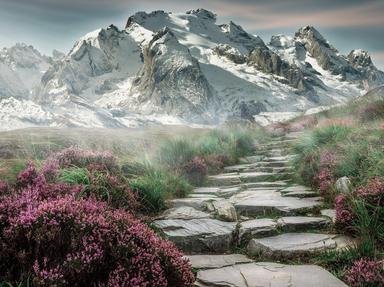Quiz Answer Key and Fun Facts
1. That is my backpack on the corner of the table there. Which of the following is likely to be my main consideration when humping over Bibbulmun's rough terrain?
2. Before you set out on your journey on the Bibbulmun Track you are likely to be instructed to practise TITO. What is TITO?
3. Is it "absolutely" necessary to take a map with you on your hike along the Bibbulmun Track?
4. Which of the following items is not an essential when you're hiking on the Bibbulmun Track?
5. You come to a waterway on the trail. You have ten metres to cross and the water is only going to come half way up your shin. Which of the following is the most important thing to do before stepping into the stream?
6. At every shelter on the Bibbulmun Track there is a Visitor's Register provided. Why is it important that you record your presence in this register at every hut along the way?
7. Which of the following actions should you take in the event that you are confronted with a venomous tiger snake on the Bibbulmun Track?
8. Which of the following is, potentially, the greatest of these hazards to hikers on the Bibbulmun Track?
9. Which of the following is likely to be one of the more "visually" uplifting benefits of hiking the Bibbulmun Track during the spring season?
10. Which of the following is *NOT* an action you should take to care for your feet on a long hike?
Source: Author
pollucci19
This quiz was reviewed by FunTrivia editor
WesleyCrusher before going online.
Any errors found in FunTrivia content are routinely corrected through our feedback system.
